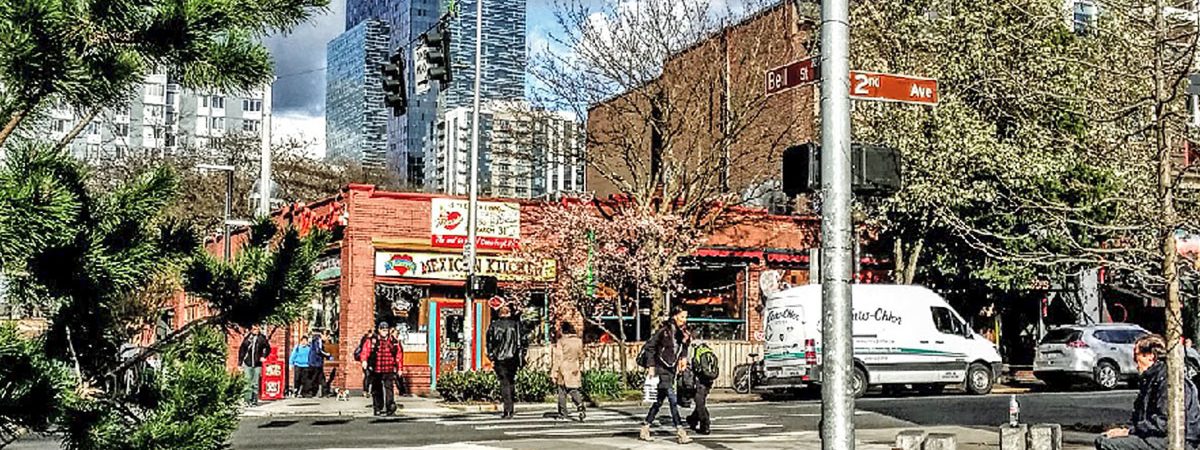
Friends of Historic Belltown was invited to speak at a Native-themed event put on by Sacred Hoop and sponsored by Seattle Parks and Recreation Department at the historic Tilikum Place — in front of Belltown’s Chief Seattle Statue.
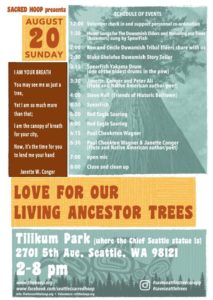
Friends of Historic Belltown’s Steve Hall used this opportunity to introduce an ambitious plan we are developing to create a new Native Arts, Culture and Business district in Belltown. The location would be where the Viaduct cuts through Belltown — and the timing would take place after the Viaduct is removed. The location is also the site of an ancient and historically important Duwamish Village site.
The following is a transcript of the presentation. Note: the talk was written to be heard live, and a lot is missed by reading — so we added some photos and headings to make it a bit more suitable for reading.
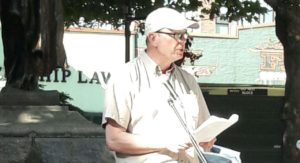
NATIVE BELLTOWN
My name is Steve Hall. I am with Friends of Historic Belltown – And I have something wonderful to share with you today.
But I’d like to start with some important questions for you to think about. Just take a moment.
Who are you?
Where are you?
Where do you belong?
These questions probe at three things central to being a human being
our sense of identity
our sense of place
and our sense of belonging – of community
These are the things that what make us who we are. And these are the things that I will be talking about today.
WE HAVE A DESPERATE NEED FOR IDENTITY
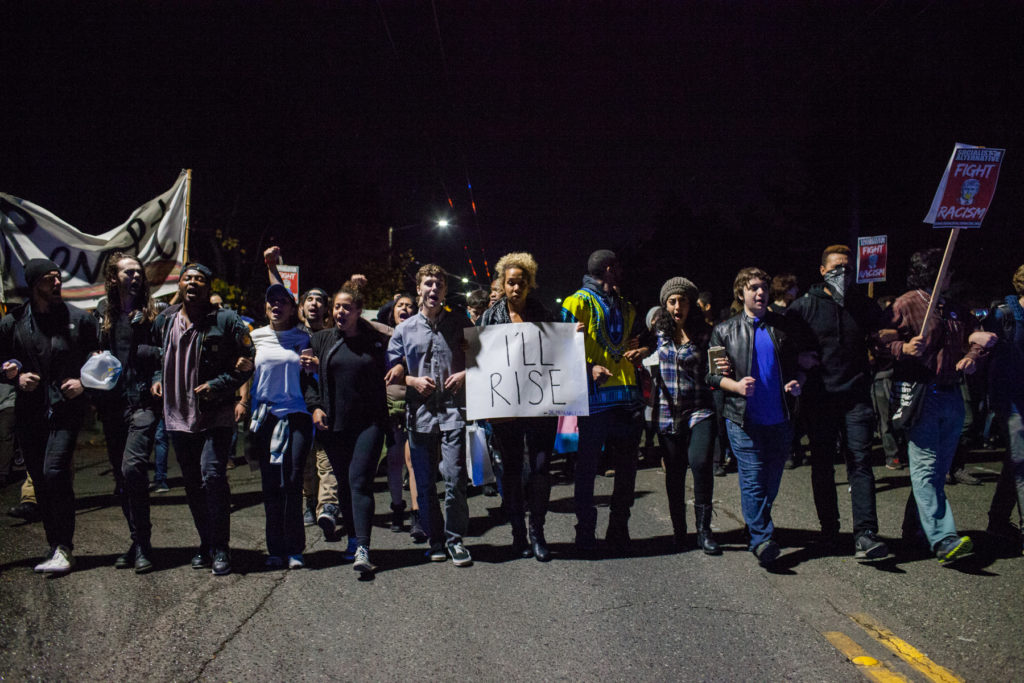
I believe that our society today – even before the current unrest that has both shocked and divided us — makes it difficult for us to feel secure with these three essential human qualities – our sense of identity, our sense of place and our sense of community
These basic human attributes – who we are, where we are, where we belong — have been destabilized. The have been unsettled.
We are seeing today at the national level – people searching for identity – place – and community. They are finding it – at best – by cheering for the local sports teams. And at worst, they are finding it by targeting other groups of people to rally against.
THE SEATTLE BOOM AND IDENTITY
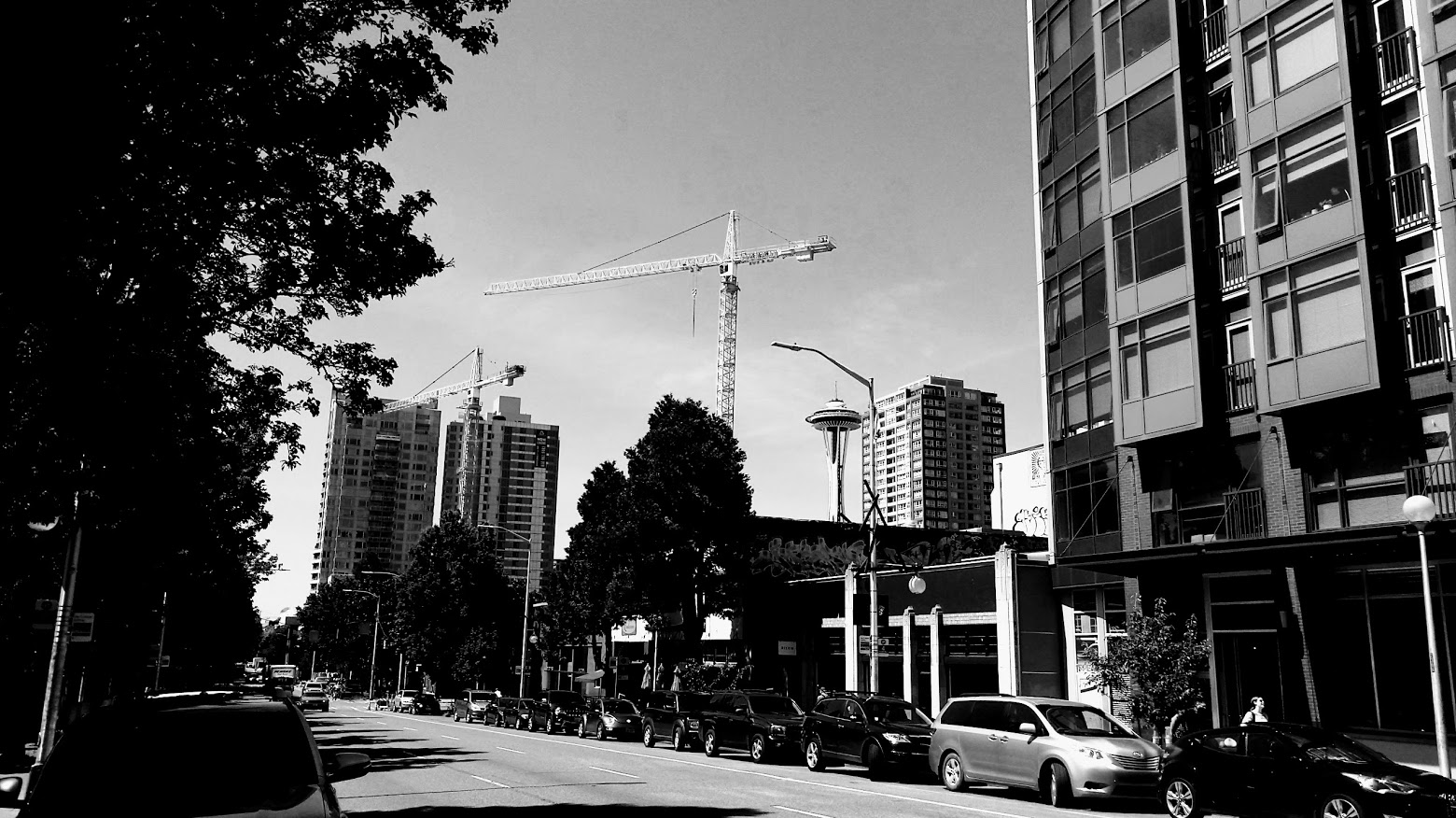
And we are seeing a crisis in identity here in Seattle, as we undergo one of the fastest and largest surges of development we have seen.
More cranes than ever before in our history. More canes that in any other City in the US.
Our identities are being lost. Our places are being lost. And our communities, are being lost.
And some have said – when we tear down our history – we tear down our souls
From Ballard, to the Central District, to here in Belltown, and Uptown, and South Lake Union. Across the City – these areas are being transformed.
And this urban transformation is transforming us.
And it is displacing many of us.
And it threatens our very selves
Who are we?
Where are we?
Where do we belong?
FRIENDS OF HISTORIC BELLTOWN
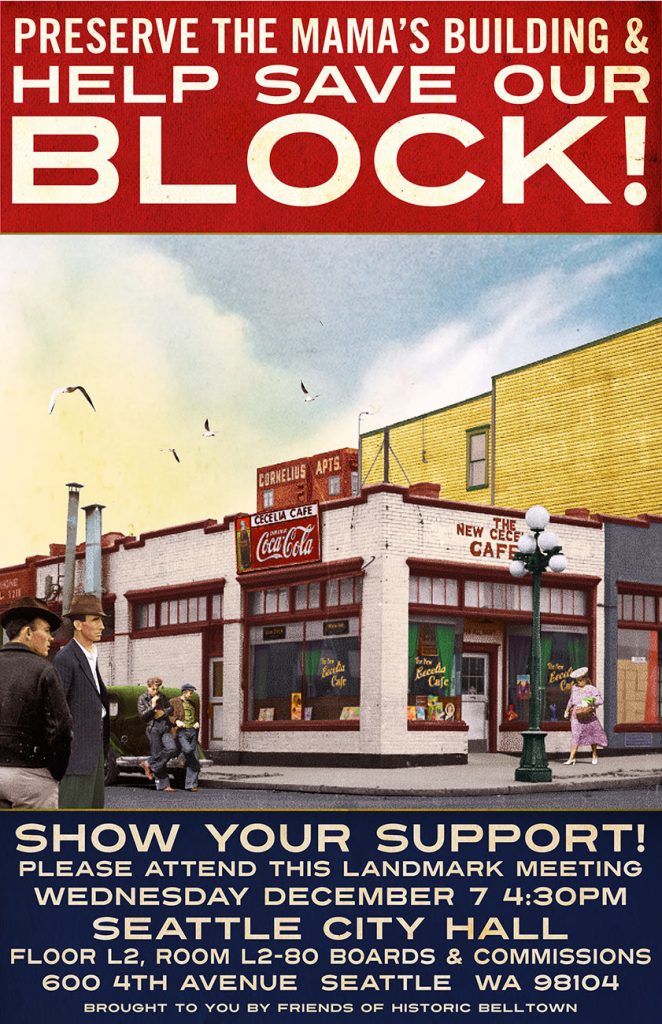
Neighborhood identity, sense of place and sense of belonging are the core values of Friends of Historic Belltown. We fight to designate historic buildings as City Landmarks. We do this because we feel that these buildings are important to our community’s identity and sense of place and sense of community.
So far, we are 5 and 0 (win/loss) in arguing against expensive land use attorneys at the City of Seattle Landmarks Hearing Board. Buildings we have successfully fought for include:
- Wayne Apartments
- Franklin Apartments
- Mama’s Mexican Kitchen
- Griffin Business School
- Sheridan Apartments

Of course – it helps when we have the facts and law on our side. These buildings all clearly met the standards for landmark designation established in city code. However – we have also seen many other buildings be torn down because no one went to the hearing to make a case for preservation. We have a saying:
In Seattle, historic buildings that no one stands up for don’t stand long.
So a community voice is essential to preservation.
The Importance of Stories
Another essential aspect of preservation is to find the stories beneath the buildings. Buildings need a story to survive – and, in fact, it is the stories behind the buildings – more than just the bricks or facades — that make them so valuable to our neighborhood’s identity, sense of place and sense of community.
For example – for the 1918 Franklin Apartments – we found that this building was one of the first places (and perhaps the first place) in the city of Seattle where is was acceptable and allowable for single women to live. Before that time, women had to live under the household of a man – either her husband or father. The Franklin changed that, and it is an essential part of the story of Belltown becoming the home to the downtown workforce – to the many women office and retail workers that helped shape Seattle’s downtown retail and business core.
Stories are important. Our personal stories as well as the stories of our neighborhoods and communities. Stories work together to tell us who we are, where we are, and where we belong.
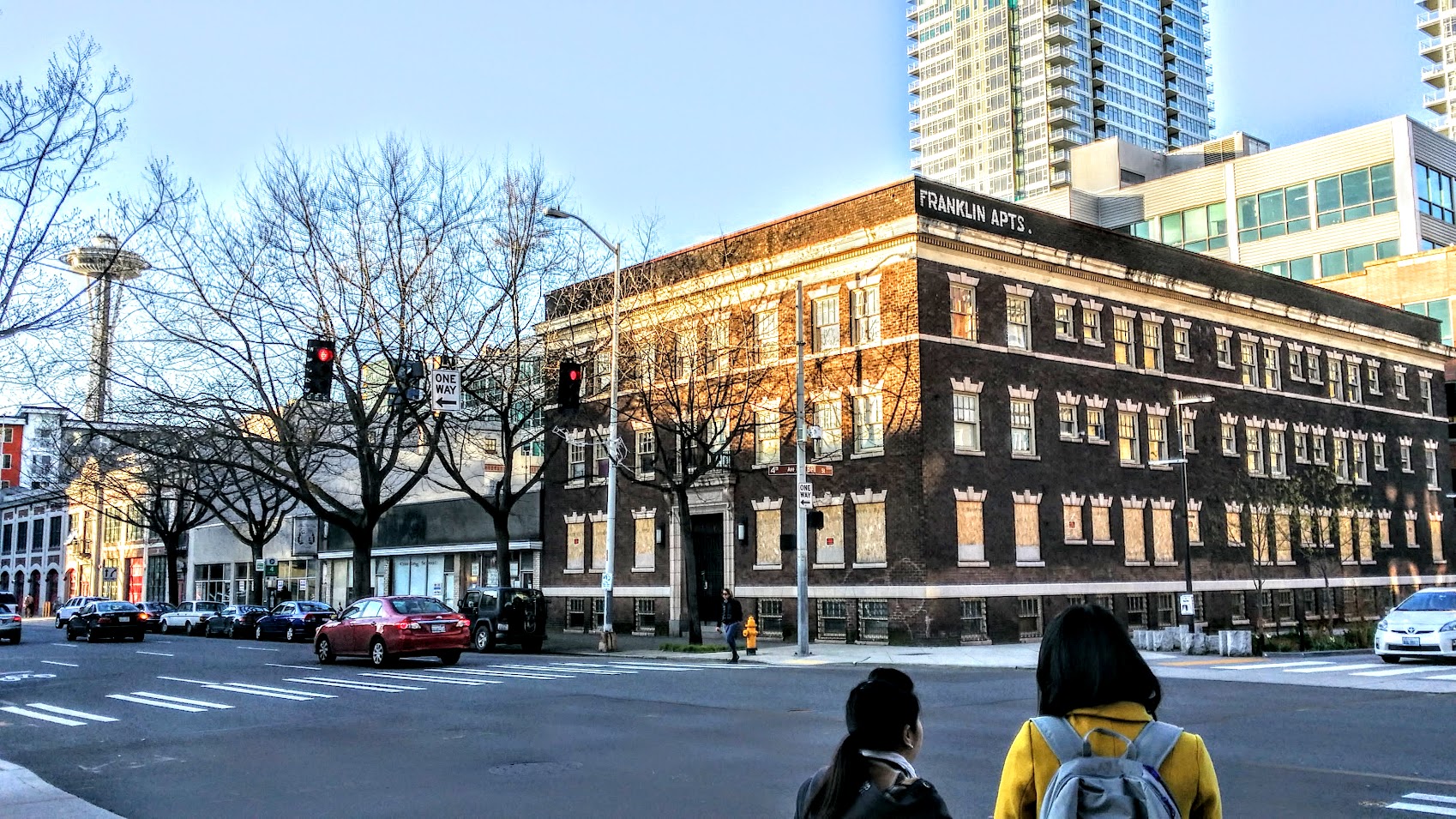
THE STORY THAT CHANGED OUR LIVES
So, in conducting some of our first research about the history of Belltown, we came upon a story that shocked us. A story that humbled us. And in many ways – it was a story that made us feel ashamed.
We learned that the west edge of Belltown — at the foot of present day Bell Street — was the site of a Native village called Baqbaq bab…or “Little Prairies.” That is probably a loose translation – but it is believe to have been called that because it was near salal berry fields – an important food crop that was cultivated by the people of this area for thousands of years. These fields are believed to have been located near what is now the Seattle Center.
And we learned about the vast Native civilizations that were present here – and throughout the Salish Sea.
And we learned about the central role of longhouses in native life. And how families and clans lived communally in longhouses. And how communities gathered in large, communal longhouses to celebrate and share and be together.
And we learned about the deep sense of identity, and sense of place, and sense of community that the native people of this area had. And still have.
The Three Villages of Elliott Bay
And we learned the Little Prairies site was one of three major villages that were present along the shores of what is now called Elliott Bay.
These villages all had multiple longhouses. And federal agents burned the last one down some time in the late 1800’s.
One of these three village sites was over in West Seattle – Herring’s House – a site near where a few years ago the Duwamish worked together with many others to build the first Duwamish Longhouse to stand above the shores of Elliott Bay for more than 100 years.
The second village was perhaps the largest of the three – “the Little Crossing Over Place.” It was located approximately at the site of the present-day King Street Station. Not much remains of that site that I know of. It is lost to history.
And the third Native village was right here in Belltown. At the foot of what is now Bell Street.

The Little Prairies Story
We learned that the village of Baqbaq bab –Little Prairies -had a second life when in 1865 the City evicted Native people from living in the main part of town, what we now call Pioneer Square.
We learned that Belltown became the home of many Native exiles from the Downtown area. Duwamish and Native people from many other tribes and places.
They worked in Belltown.

Belltown may have even been founded because of the available workforce at Baqbaq bab. Most people don’t know this – but Seattle was built in the early days by Native people. It attracted Native people from throughout the Puget Sound region – and from the east, and from Alaska. It was a place for opportunities in very difficult times for Native people.
We don’t know when or how the camp in this area was lost, but it was there for decades – at least until the 1890’s
Stories of Disturbance and Desecration
And we learned that 1912 – developers encountered burial remains in this area.
And we learned that burial remains were again disturbed. But not way back in the past when people didn’t know any better. But in 1998 by a Port of Seattle construction project. Not even 20 years ago our City was digging up remains of Native people in Belltown — in order to make way for buildings.
We don’t know how that sad chapter ended…we’re still learning about that. But we were shocked to learn that such a thing happened recently right in our Belltown community.
And we learned some other rather sad aspects about the Little Prairies Site.
In the late 1950’s, the city of Seattle and Washington Department of Transportation built the Alaskan Way Viaduct – a four-lane highway mega-structure — right through and over the Little Prairies Site.

And today, millions of gallons of crude oil roll over the little prairies site every day.
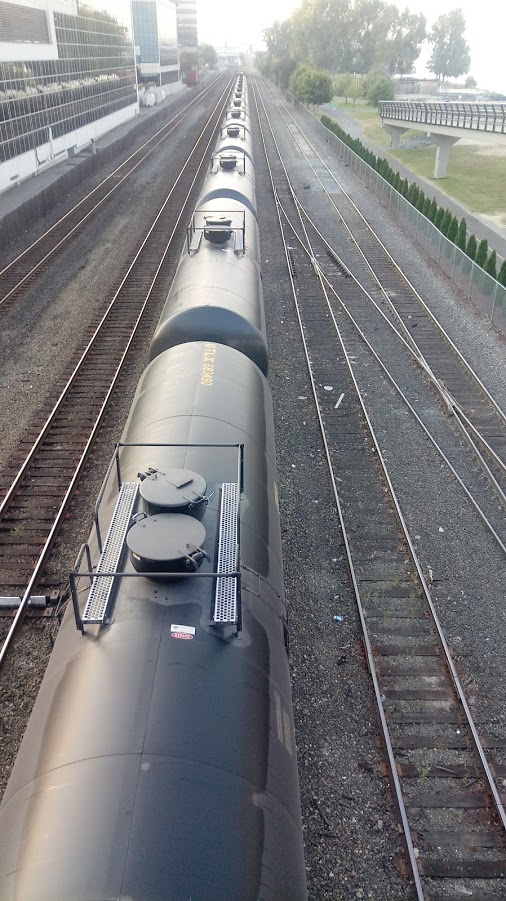
So, our group – Friends of Historic Belltown — here we were thinking we are “protecting” our culture – which could be described as a row of dive bars, and affordable housing for artists, musicians, restaurant workers, and low-income people of varied backgrounds. Yes, this is important – but the scale of the loss of the Duwamish and of Native people in general – faced with that – we felt humbled.
And in some ways, we felt ashamed, our problems seemed quaint.
SO WHERE DOES THIS LEAVE US – AND LEAD US?
There are several things aligning that have lead us to the wonderful vision we wish to share to you today.
And perhaps it’s appropriate that I am talking about our vision in public for the first time – on the day before the solar eclipse. Because an eclipse is thought of by many Native people as a time of renewal. Of healing. Of creation.
And I think that is really what our vision is all about. Renewal. Healing. Rebirth.
So, what is aligning?
We have a culture-wide crisis of identity – and in place-based community.
And at the same time, we are questioning the false narratives of our history – and we are searching desperately for new, authentic narratives.
And at the same time, we are experiencing a period of rapid urban development, as well as rapid loss of our community fabric. Here in Belltown, we are losing our grunge. Our urban blue-collar, workforce identity.
We have not given up on that… but we know we can’t stop change.
We need to work with change. Perhaps we even need to embrace it. To create a new identity
People are flocking to Belltown. When they arrive: where are they?
What community do they belong to?
What makes this place a place?
What makes the Belltown community a community?
They need something.
We need something.
The entire city needs something to tell us
who we are,
where we are, and
where we belong!
And at the same time, we are tearing down of the viaduct. A four-lane highway that goes right through the little prairies. It will be removed.
And at the same time, the city is prospering. It is rich with money both public and private funding – they are spending billions to repave and rebuild things — $175 million alone on a First Avenue street car! Many millions more for residential developments. Many millions more for a renovated sports arena at Seattle Center. Many millions more for an expanded Convention Center. Millions for office space. Billions of dollars of investment.
And they know they need to start investing in the communities that are being impacted.
And at the same time, there is a strong need for native people to have a place at the table. With this great abundance. With this economic growth and renewal.
Where are the native people?
How are they benefiting for the current prosperity in a city named after a Native leader?
NOW IS THE TIME. HERE IS THE PLACE.
What is our vision?
The Waterfront Seattle project has already “included native people.” The project includes:
- Large wood seats
- Native art
- And some interpretive signs
This is great – it’s the way Seattle has always addressed native people.
In fact – our very first public art piece was a totem pole.
But we also must realize that the pole was stolen from an Alaska tribe by Seattle businessmen wishing to brand Seattle as a gateway to Alaska.
And that the local native people of this area didn’t even build totem poles.
I fear city planners — while sincere and well intentioned — don’t really understand what it means to include native people – they think they can put up a totem pole or some Native art and slap themselves on the back and proclaim “look at how much we love native people!”
We at Friends of Historic Belltown think something is missing with that type of thinking – this type of “honoring” of native people.
Any ideas?
It is the native people that are missing!
Native people are not totem poles.
They aren’t statues.
Native people are here and now!
And we want to bring them back to Belltown. To the little prairies site!
We have several concepts that I’d like to introduce to you today
THE NATIVE BELLTOWN VISION
Here is our vision:
First – the little prairies Landmark
Working with local and regional tribes, select and nominate a site near the Little Prairies site for designation as a city of Seattle landmark and for placement on the National Register of Historic Places to recognize and tell the rich and complex story of the Little Prairies site.

Next – Belltown landing
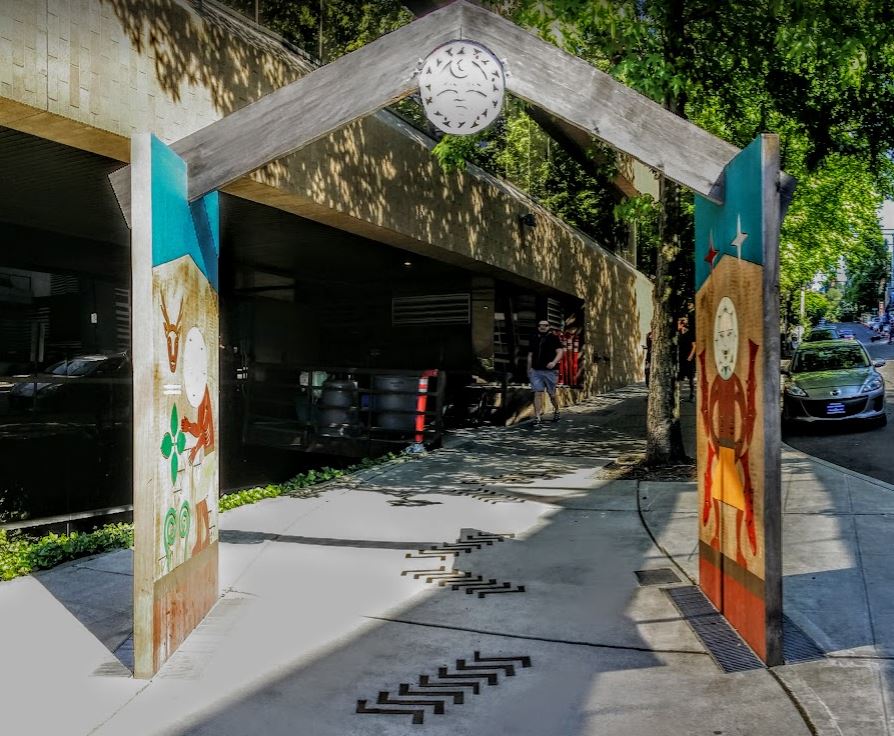
Design and install a native “landing” or “gateway” at or near the Bell Street pedestrian bridge to indicate that people are entering a place of ancestral, historic and present-day Native people. The gateway would be created by local native artists in collaboration with local and regional tribes and the Belltown and downtown communities.
The Bell Street pedestrian bridge is the primary link between the waterfront and Belltown and is located directly on the location of the little prairies site, a site that has welcomed seafaring travelers and returning residents for millennia. Here, multiple contexts combine to make this location well-suited to place a gateway to establish Belltown as a neighborhood that honors, respects and lives its native heritage — of the Duwamish and the many other native people that have contributed so much to our city since its beginning.
Third – The Salal Trail
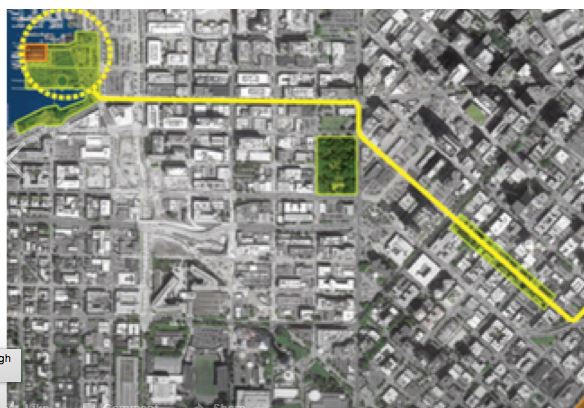 Create an urban pedestrian trail overlay as a linear destination for residents and visitors to learn about and engage with native people through a string of native places, installations, and businesses in the market, waterfront, Belltown, Uptown and South Lake Union areas.
Create an urban pedestrian trail overlay as a linear destination for residents and visitors to learn about and engage with native people through a string of native places, installations, and businesses in the market, waterfront, Belltown, Uptown and South Lake Union areas.
Fourth – The Belltown community longhouse and multi-cultural center

Plan, fund and build a traditional cedar post and beam longhouse in the Puget Salish longhouse style to serve as a joint Belltown community center and Multi-cultural center. The cultural center will build from Native Salish culture and community values to create a place where people from all cultures and places are welcome.
Why?
- Because Longhouses have stood in this location as a community gathering place for thousands of years.
- Because Belltown needs a new community center.
- Because Belltown wishes to recognize its native heritage and people as part of the community’s shared story.
- Because a community longhouse would be both a symbolic and functional object of community identity and connection.
Fifth – Little prairies community park
Develop the proposed Battery Street Tunnel Portal Park site (a future project to be led by Seattle Parks and Recreation, the redevelopment of the area in front of the Battery Street tunnel of the Viaduct is planned to be a “park to serve the Belltown neighborhood)” into a community park that honors and celebrates native people as central to our community’s past, present and future.
Why: a park honoring our area’s native heritage would provide an excellent opportunity for the community to work together toward a meaningful goal based on people, place and history. The result would provide both needed public open space as well as a physical setting and conceptual story that promotes community connections through shared sense of place, history and identity.
Finally: Establish a Belltown native arts, culture and economic development district
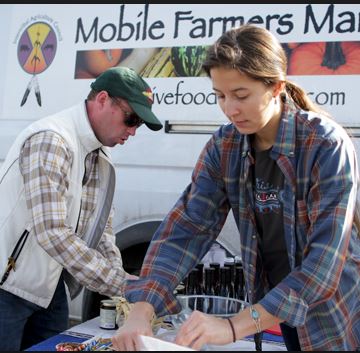
Due to the significant native history of the little prairies area, native businesses could contribute to an authentic urban identity for the Belltown community. The current time of transformation provides an opportunity to create a vibrant new native arts, culture and business district and associated native presence in the Belltown community.
We want to work with the City of Seattle and others to establish a district (formally or informally) that supports collaborative planning to build a network or cluster of native-owned businesses in the Belltown/waterfront area. Possible businesses include education, vocational training, regional and international trade, arts, entertainment, natural resource consulting, tourism/hospitality, merchandise, and native foods.
IN CLOSING
So, in closing…. this is our dream
Belltown – and the entire city – is in desperate need to find our identity and sense of place and community.
We believe that the solution to our future is already here – and has been here for thousands of years.
It lies within the Duwamish and other native people – and their deep sense of identity, community and place.
We want a native-based community hub. In the face of faceless change – we need a new community. A multi-cultural community that will sprout from our shared native roots that still exist deep within this place we now call Belltown.
We don’t want just totem poles or statues or plaques – we want a new identity – and new sense of place – and a new community
We believe –with the help of the Duwamish and all native people of the Puget sound region – we can build a new community.
We want a community that sustains and support all Belltowners —
Native and non-native
Black and brown and white
Recent and long-time residents… and future residents;
First time visitors – and returning friends and family
our neighbors in Uptown and downtown and South Lake Union
Laborers and business owners;
Young and old;
Rich and poor;
Housed and homeless;
Intoxicated and sober;
healthy and ill;
And everyone in between!
We want a native district that becomes a cultural anchor of the Belltown community!
It is our vision that – when we are done — we of the Belltown community — all of us — will have a much better idea about these three things:
Who we are
Where we are
And where we belong!
Thank you
(For more information on the Native Belltown concept, please contact Steve Hall at shall@pointconsulting.us or 206.441.1882. And click HERE for a preliminary copy of our concept report)
